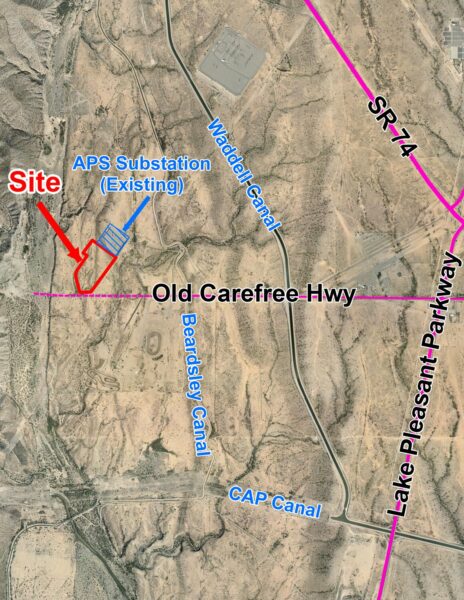The Monday Morning Quarterback
A quick analysis of important economic data released over the last week
By Elliot D. Pollack & Co | Rose Law Group Reporter
Inflation Worries Continue
Recent comments from Federal Reserve Chairman Jerome Powell indicate that the Fed now believes inflation will be more persistent than previously thought. Until recently, Powell considered the 5% and 6% inflation rates the country has experienced were “transitory” and would correct in the near term. They now believe that supply chain shortages have gotten worse and will keep inflation elevated well into next year. This suggests the Fed may need to act sooner than expected to address inflationary pressures.
Supply shortages and higher prices are mostly the result of the pandemic’s impact on supply lines with factories in Asia closing amid COVID infections and logistic backlogs at seaports. On top of that is an estimated shortage of 80,000 truck drivers who are needed to deliver goods from the ports to distribution centers and customers. The Fed is closely monitoring the situation and still believes supply problems will be resolved but over a longer period of time.
The Fed’s goal is to push inflation back to their 2% goal using all tools at their disposal. This may require the Fed to act more quickly to implement policies that counter current high inflation rates. The Fed is already reducing its monthly bond purchases which are intended to lower long-term borrowing costs. Those purchases may now be reduced more quickly over the next few months. In addition, the Fed could begin raising its key short-term rate sooner than expected sometime next year. This would in turn raise borrowing costs for mortgages, credit cards, and business loans.
A further threat to the economy is the Omicron variant as well as the increase in coronavirus cases that are occurring in much of the U.S. For now, the new variant is not affecting the Fed’s outlook. However, these cases pose some risk to employment levels, economic activity, and increased uncertainty for inflation. A more virulent variant could worsen supply chain disruptions.
The Fed is now pivoting from concerns about employment to combating inflation. The strong job market with unemployment in the low 4% range begins to suggest near full employment. Raising interest rates are likely on the horizon next year.
U.S. Snapshot:
The U.S. economy added only 210,000 jobs. The November monthly increase was well below the increase of 546,000 seen in October, as well as economists’ expectations of 500,000.
The largest increase was in Professional and Business Services with 90,000 new jobs. No other supersector had an increase above 50,000 for the month. Only Natural Resources & Mining, Information & Government had losses in November. The unemployment rate dropped to 4.2% from October’s level of 4.6%.
Since the start of the recovery, the U.S. has recovered 18.5 million jobs, or 82.5% of the jobs lost. Only the Financial Activities supersector has recovered fully.
Consumer confidence fell in November (109.5) to its lowest level since February 2021 (95.2). The majority of the decline was due to concerns about rising prices. November’s decline was the fourth decline in the last five months.
ISM’s Services PMI rose to its highest level (69.1%) in November since the series started in 1997. Demand remained high despite higher prices. The new Omicron variant could pose a risk.
ISM’s Manufacturing Index increased 0.5% to 61.1% in November signaling the 18th consecutive month of economic growth.
Arizona Snapshot:
The Case-Shiller index continues to show incredible housing price increases, albeit at a decelerated rate. The composite-20 index grew at 19.1% from a year ago, down from 19.6%. Greater Phoenix saw prices increase decline from 33.3% to 33.1% in September. Greater Phoenix was the only metro to grow over 30% with Tampa being the second fastest growing at 27.7%.
Expectations for Arizona’s November employment release on December 16th took a hit as the U.S. economy only added 210,000 jobs. It is still expected for Arizona to recover all jobs lost before the end of the year. Through October 2021, Arizona has recovered 325,400 jobs or 98.2% of jobs lost during the recession of 2020. Arizona needs to add 6,100 to reach the level of February 2020. Greater Phoenix fully recovered back in August 2021 and was currently up 14,100 jobs from the February 2020 level. Greater Tucson remains 9,900 jobs below the pre-pandemic high.












